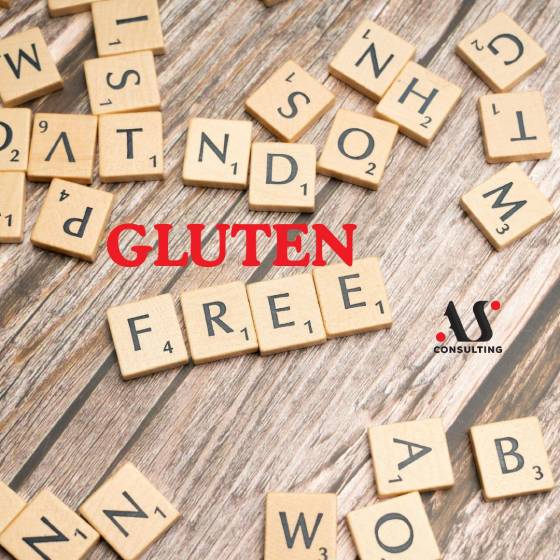
IFS WHOLESALE / CASH & CARRY – STANDARD FOR WHOLESALERS AND CASH & CARRY BUSINESSES
February 25, 2025
LOGISTICS SERVICES: STORAGE OF FOOD PRODUCTS
July 4, 2025PRIVATE LABELS (PRIVATE BRANDS) IN THE FOOD INDUSTRY: DO MANUFACTURERS HAVE REASON TO BE CONCERNED?
Term: A brand-trademark or private label (PL) is used to describe products that are produced under the retailer’s own brand and are sold in the retail stores of that same retailer. They serve as an alternative (often) to more expensive, “branded” products of the same type and category. While they used to be products of lower quality and price, today retail chains compete through their private label with “branded” products, offering identical or even higher quality but at significantly lower prices. You can learn more about the emergence of PL brands and the requirements that retailers have for manufacturers producing PL brands in our article from 01.08.2022:
Who produces PL brands?
Depending on the type of product, private label brand owners (“retailers”) choose a company to manufacture a specific product under their brand. These are not companies owned by the retailers, but manufacturers (in this case, food manufacturers) that are already engaged in producing a specific type of product and who already have their own brands.
How are manufacturers selected for PL brands?
Each retail chain has its own criteria and requirements, but what is mandatory is that the (potential) supplier is certified according to one of the recognized GFSI standards (IFS, BRC, FSSC22000…). If this criterion is met, the next step involves aligning with the other requirements of the PL brand owner: certification is mandatory but does not mean the supplier will be selected. In most cases, a visit to the supplier’s facilities, checking of capacities, etc. follows.
What are the advantages and disadvantages of producing for a PL brand?
Manufacturing for a PL brand can be a growth driver for a company: the company gains access to a huge market, incredible sales growth without investing its own resources: marketing and sales are the retailer’s responsibility. Often, foreign markets also open up for the company, and due to the increased demands for quality and safety, the company itself develops in that direction.
But, the bad news is that although sales increase, you are selling someone else’s brand! A PL brand is not owned by the manufacturer, but by the retailer, for whom the manufacturer provides the service of producing a specific product. A good thing is when the product shows who manufactured it for the retailer, but the bad news is when (as is the case in the Republic of Serbia) this information does not need to be stated.
So, the company grows, sales increase, but it is not selling or developing its own brand, but a “third-party” brand. The share of its own brand (which is not always the case) decreases on the market, in favor of the PL brand. And there is always the danger that the retailer will hire another manufacturer for the same product in the coming years.

What percentage do PL brands take compared to the manufacturer’s own brand?
This depends on each individual case: it can be at the level of statistical error, but it can also be significant figures: 30 – 100% of total production. No, this is not a mistake, there are companies that have focused exclusively on producing PL brands.
What is the market share of PL brands (food products)?
According to data from the Private Label Manufacturers Association (PLMA), the share of PL brands (talking about food products) in Europe is as follows (source: wonnda.com):
- Switzerland: 51%
- Spain: 44%
- United Kingdom: 42%
- Germany: 39%
- Belgium: 37%
- Netherlands: 36%
- France: 34%
- Italy: 30%
- Portugal: 29%
- Poland: 28%
- Nordic countries: 25-30%
As for the USA, according to the same source, the share of PL brands is around 20% of total food product sales.
The share of PL brands in the sales of retail chains during 2023 was 52.07% of total sales.
Also, year after year, there is a recorded increase in sales (and share) of PL brands, and it is predicted that the growth will be (even) 5.8% – 9.6% from 2024 to 2030.
It is important to note that it is of interest to retailers to increase the sales of PL brands because they are the owners of these brands but also have greater control over their quality and safety.

Is there a reason for concern?
For consumers, certainly not: they get high-quality products at lower prices.
But for manufacturers of branded products, definitely yes! PL brands are no longer “some unknown products,” but have already become recognized by customers and are slowly replacing branded products. So, it is definitely time for brand owners to wake up, because the share of PL brands has already surpassed 50% of sales. If the predicted growth by 2030 occurs, the question is how much space will remain for other (branded) products.




